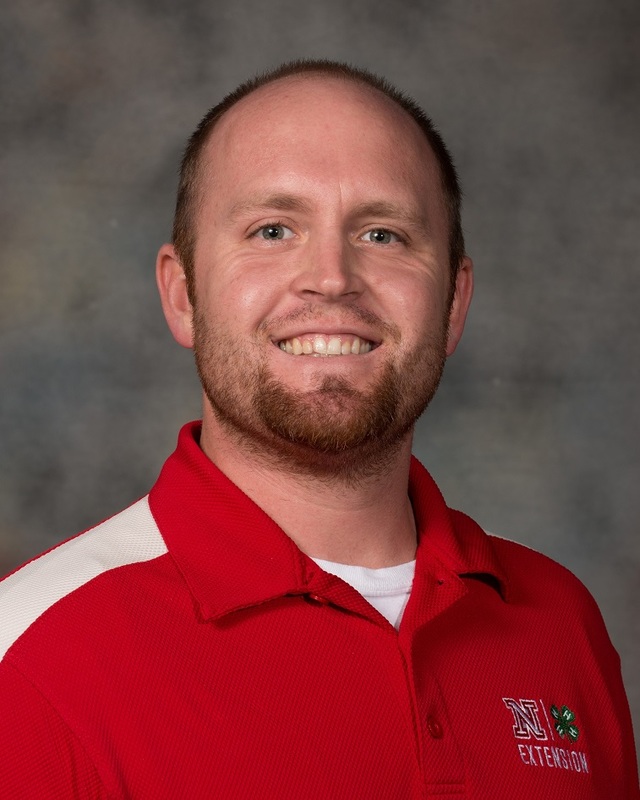|
Over the past two weeks I have discussed the changes that the State of Nebraska is implementing in terms of state standards for Physical Education. These changes outline a switch from a sports based curriculum model, to a fitness based curriculum model. The implementation of new state Physical Education standards is important, but additional steps must be taken to have an impact on childhood obesity. With curricular demands preventing additional Physical Education time, we need to create different ways to get our children active during the school day. It may be suggested that our kids get enough activity time each day with regularly scheduled recess breaks. While this is partially true, recess breaks have not made a significant decrease on childhood obesity.
It is recommended that children are physically active for 60 minutes per day, approximately half of that time should occur when children are in school. Studies suggest that physical exercise yields both short-term and long term achievements in the classroom. For example, one study found that kids who exercised 10-20 minutes prior to a math test outperformed kids in the sedentary control group. Physical activity breaks during regular classroom time can be a solution to this problem. Implementing 5 minute physical activity breaks at the end of each core (math, social studies, science, english) educational lesson can increase our children’s cardiovascular health, increase the quality of their learning, and decrease the amount of disciplinary actions for students. Ideally the activity break content would tie together with the content of the lesson being taught, and would not take away from any instructional time. A math lesson, for example, becomes much more enjoyable for children if they are given the option to move and learn at the same time. If we can incorporate physical activity into the regular school day via the core subject activity breaks, we are helping our children with almost half of their daily recommended physical activity time. Modification of classroom lessons to incorporate structured movement learning opportunities, puts our student’s one step closer to decreasing childhood obesity.
0 Comments
Leave a Reply. |
Brad AverillExtension Educator- Food, Nutrition, and Health Archives
February 2017
|
News That Matters To Antelope County - Your News. Your Way. Every Day!
© Pitzer Digital, LLC


 RSS Feed
RSS Feed


